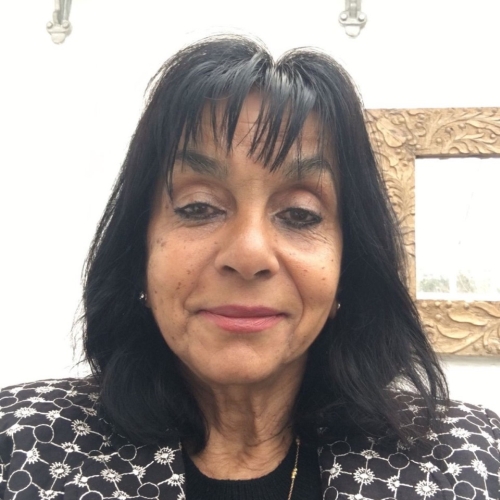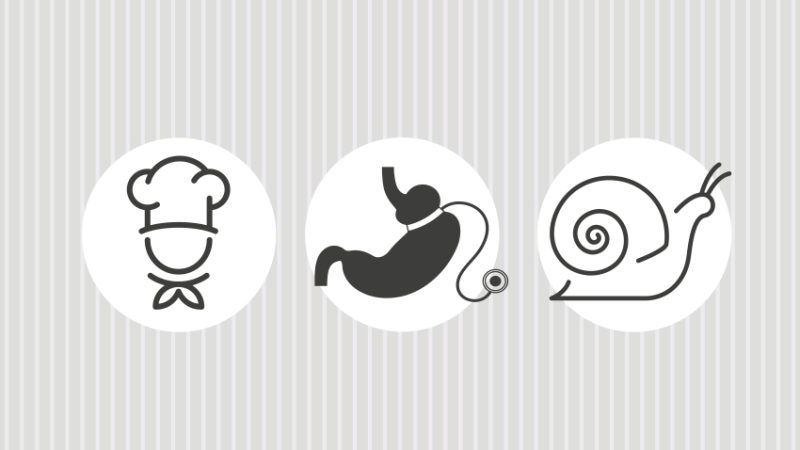School curriculum development – Let’s give our students the truth

School curriculums shouldn’t be in the business of propagating myths and erasing the contributions of key historical figures, writes Meena Wood

- by Meena Wood

In the UK, school students tend to be more familiar with Britain’s involvement in the abolition of slavery in the 19th century than with the financial benefits Britain gained from the slave trade over the preceding two centuries.
Any so-called ‘values-led’ curriculum should include a close examination of the British Empire and its impact on peoples from Africa, Asia and closer to home, Ireland.
One of the conclusions reached by the 2018 review of the Windrush scandal by Wendy Williams was that “The Windrush scandal was in part able to happen because of the public’s and officials’ poor understanding of Britain’s colonial history.”
A nuanced narrative
The reality is that whoever gets to choose what ‘source evidence’ is studied will get to determine the ‘values’ and shape the narrative our students ultimately end up learning.
Winston Churchill is widely admired and applauded for his leadership during WWII, but he also contributed to notable human rights atrocities. As the Indian politician and author Shashi Tharoor has observed, during the great Bengal famine of 1943, millions died as the British government diverted rice stocks to Europe and other Empire territories.
When questioned about the harms this had caused, Churchill blamed the resulting famine on Indians “breeding like rabbits.” Generations of young people have since been taught that Britain was an intrinsic force for good against Nazi tyranny, saving the World from the forces of evil in both the First and Second World Wars.
Many young people therefore now believe that the British Empire was a force for only good, and that WW2 was ‘won by the British’, rather than by a massive, worldwide coalition.
Our children have the right to be taught that history is a multifaceted prism that heavily influences the lives we lead in the present. And they certainly deserve a more nuanced narrative than that currently being taught through textbooks.
Ignorance and distortion
In history and geography, students ought to learn of the unity among European nations that emerged in the wake of their combined fight again tyranny and fascism; about the critical role played by Polish, ANZAC, African and Asian troops, and how the outcome of WWII led to the establishment of the European Union and the gradual dismantling of the British Empire. These are themes that continue to have urgent relevance today.
Following the Brexit vote in 2016, I met with a class of predominantly White British students in my school. I remember seeing 13-year-olds who were jubilant about ‘leaving Europe’ and goading another student to “Go back home to Poland’ – remarks that reduced him to tears. The students’ reasoned that their grandparents had died freeing Britain from the Europeans, and that they now they wanted their ‘freedom from Europe’!
So it was that a mishmash of ignorance and distorted history influenced these young students into meting out racist taunts on fellow students hailing from Eastern Europe. Given the complexity and sensitivity of such discussions, what can we do to ensure a more inclusive, informed and genuinely diverse, values-led whole school curriculum?
Real inclusivity
Firstly, we can’t simply continue ‘celebrating diversity’ through iconic figures such as Mandela and Gandhi, or by scheduling Black History Month activities – however well-intentioned these might be.
Implementing real inclusivity and diversity means consistently respecting the UK’s hidden heritage and broadening all students’ horizons. Global cultural influences are best threaded through a curriculum that showcases prominent achievements by a diverse range of individuals across all subjects.
There’s certainly no shortage of credible and inspirational role models. In science, we can look to Mae Jemison, who in 1992 became the first Black woman to journey into space. In mathematics, we can turn to Musa al-Khowarizmi, who first assigned ‘zero’ the value between -1 and +1 that we still use today. In history, there’s the Indian princess Sophia Duleep Singh – god-daughter of Queen Victoria and a key figure in the suffragette movement, who led the ‘Black Friday’ protest for women’s rights alongside Emmeline Pankhurst.
A knowledge-rich curriculum can be powerful, but we must also enable white, Black and Asian children alike to learn about the myriad different facets of their history and respective heritages. White British students need to know about the contributions made by other nations to the UK’s economy and society.
When learning about the British Empire, are students made aware of the legacy left by East India Company employees, who ‘acquired’ riches and invested them in some of Britain’s finest 18th century buildings and statues?
A polarised view
In GCSE history, students will likely acquire different knowledge perspectives depending on the exam board selected. This can potentially result in students studying the legacy of colonialism, Windrush, the East Africa Asian exodus and Jewish migration under one exam board, and the Weimar Republic, Nazi Germany, the American West and the British Empire under another.
Perpetuating a polarised view of Britain’s role in global history will only serve to create further schisms throughout society, thus worsening the risks presented by entrenched prejudice and racist attitudes. This runs counter to the sense of global citizenship we should be trying to cultivate – particularly now, when the world is shrinking in terms of communication and culture, just as its geopolitical boundaries are being redrawn.
Inclusion training and checklists can help raise awareness and provide a good starting point for discussions around diversity, but how likely is it that such activities will fundamentally change students’ attitudes? How can we evaluate their impact if what students learn for their secondary examinations remains essentially static?
Cultural intelligence
Exploring the portrayals of racism in Of Mice and Men, To Kill a Mockingbird and Othello remains vital, but just as important is the need to expose all students to positive representations of different cultural heritages.
The CLPE’s 2021 ‘Reflecting Realities’ report found that only 5% of primary level reading books published in the last three years contained main characters of different heritages. A diet of monocultural contexts will provide students with few opportunities to see themselves in the books they read, be it for study or pleasure.
Cultural intelligence can only be acquired through acknowledging the ways in which we are different and similar, and respecting how our individual perspectives are subsequently shaped. A values-led, culturally intelligent curriculum will interpret events and people not as ‘good’ or ‘evil’, but as an interconnected mosaic linked together by a vibrant narrative.
To gain deeper understanding and meaningfully apply what they learn, young people must acquire critical literacy skills. Only as critical thinkers and discerning readers can they interpret the nuances of knowledge for themselves, and come to realise that we are all united more by our similarities than our differences.
In To Kill a Mockingbird, the lawyer Atticus Finch conveys precisely this when sharing the following life lesson with his daughter, Scout: “You never really understand a person until you consider things from his point of view … until you climb into his skin and walk around in it.”
Meena Wood (@WoodMeena) is an educational consultant, trainer and author of Secondary Curriculum Transformed: Enabling All to Achieve (Routledge, £19.99)
A 4-page guidance document on how teachers can utilise critical literacy is available to download from the Teachwire resource library











